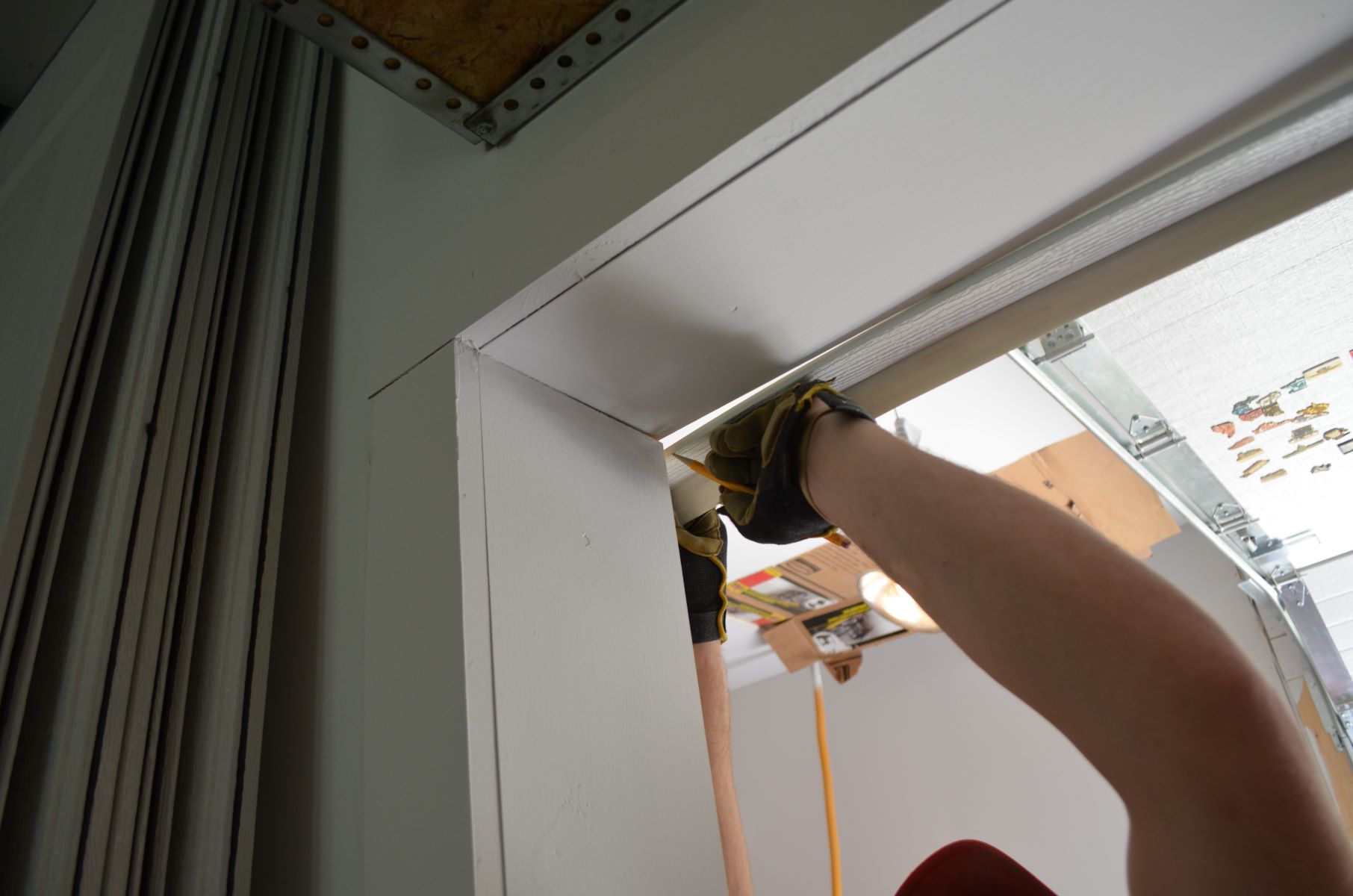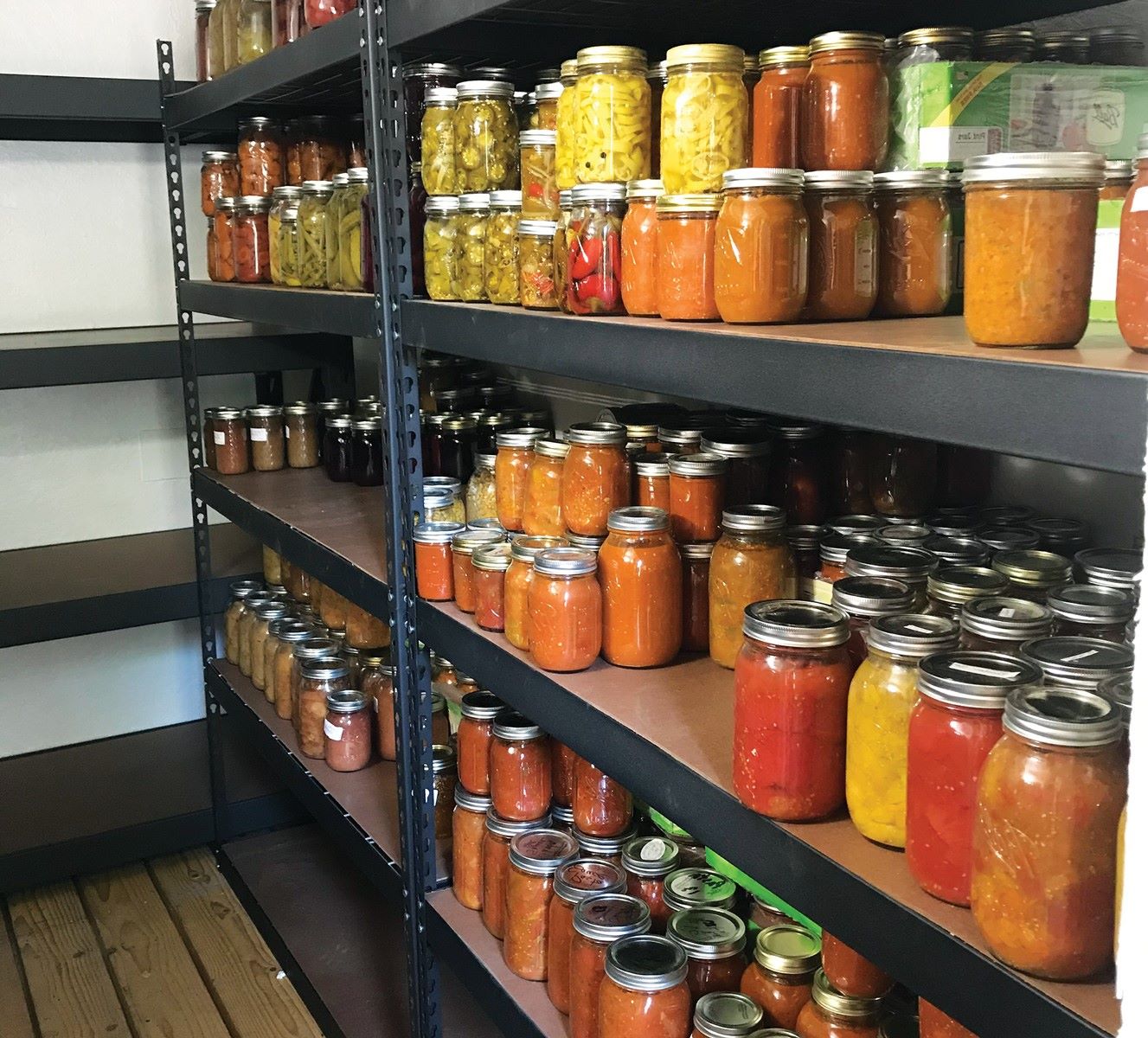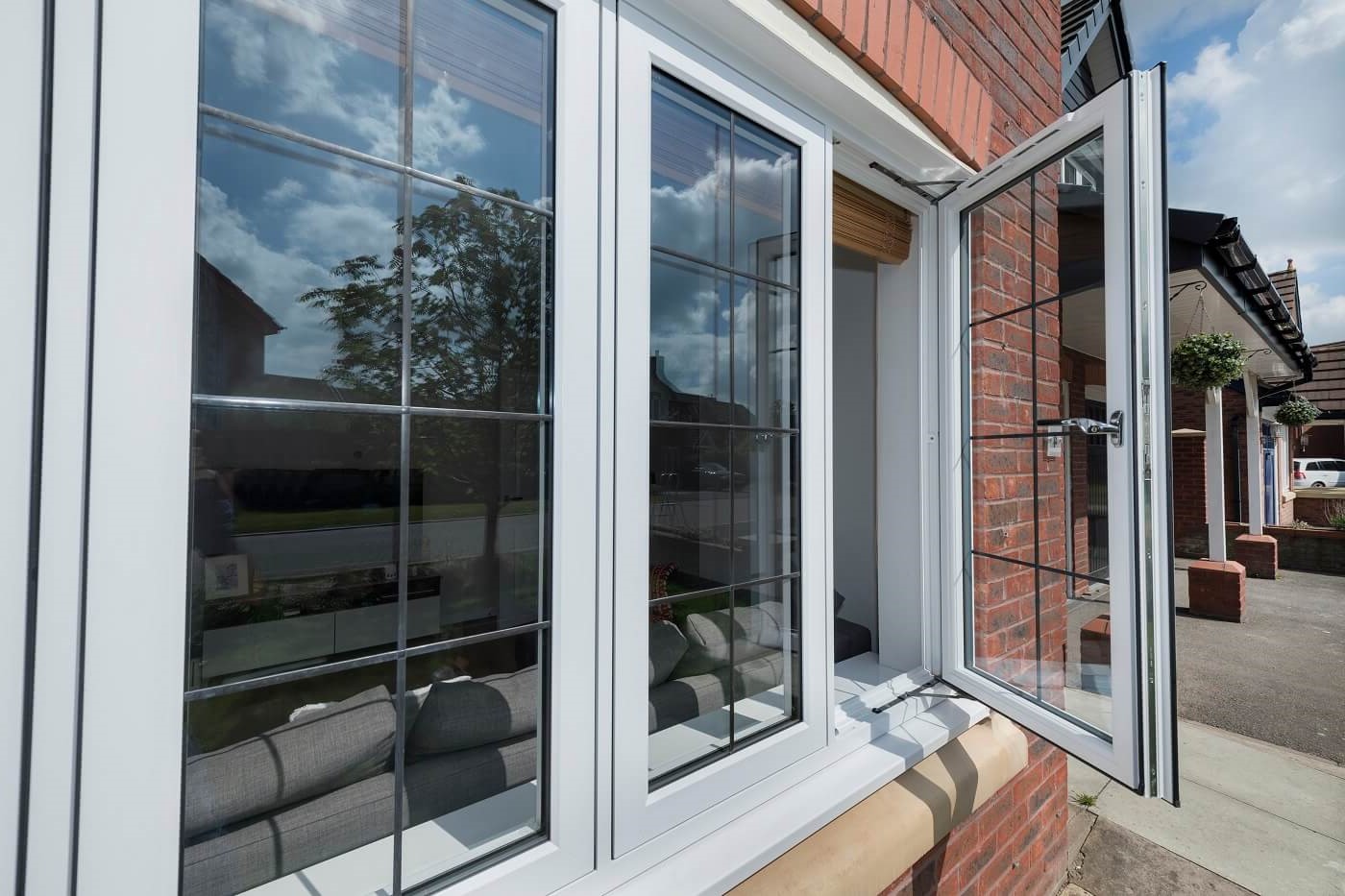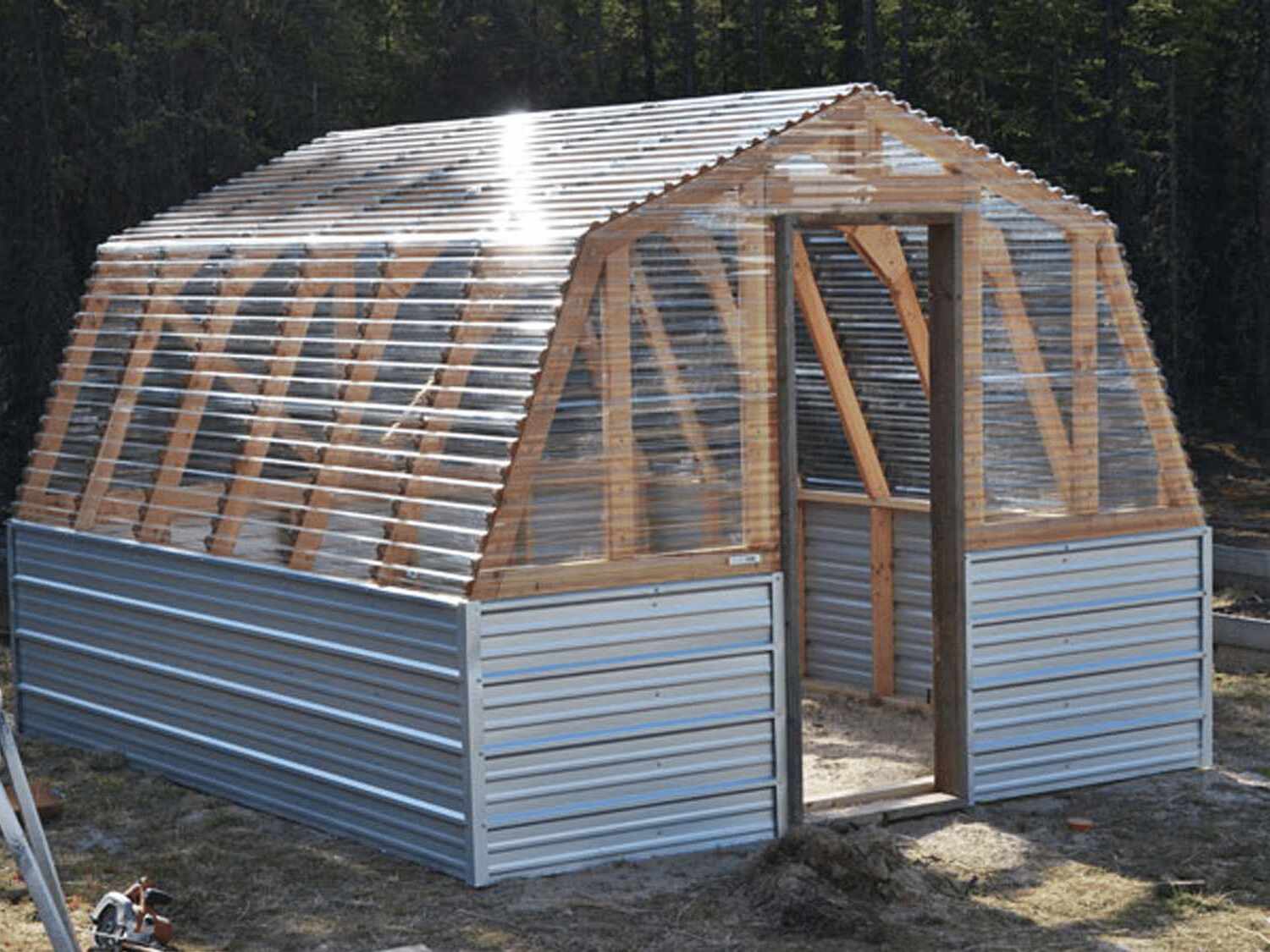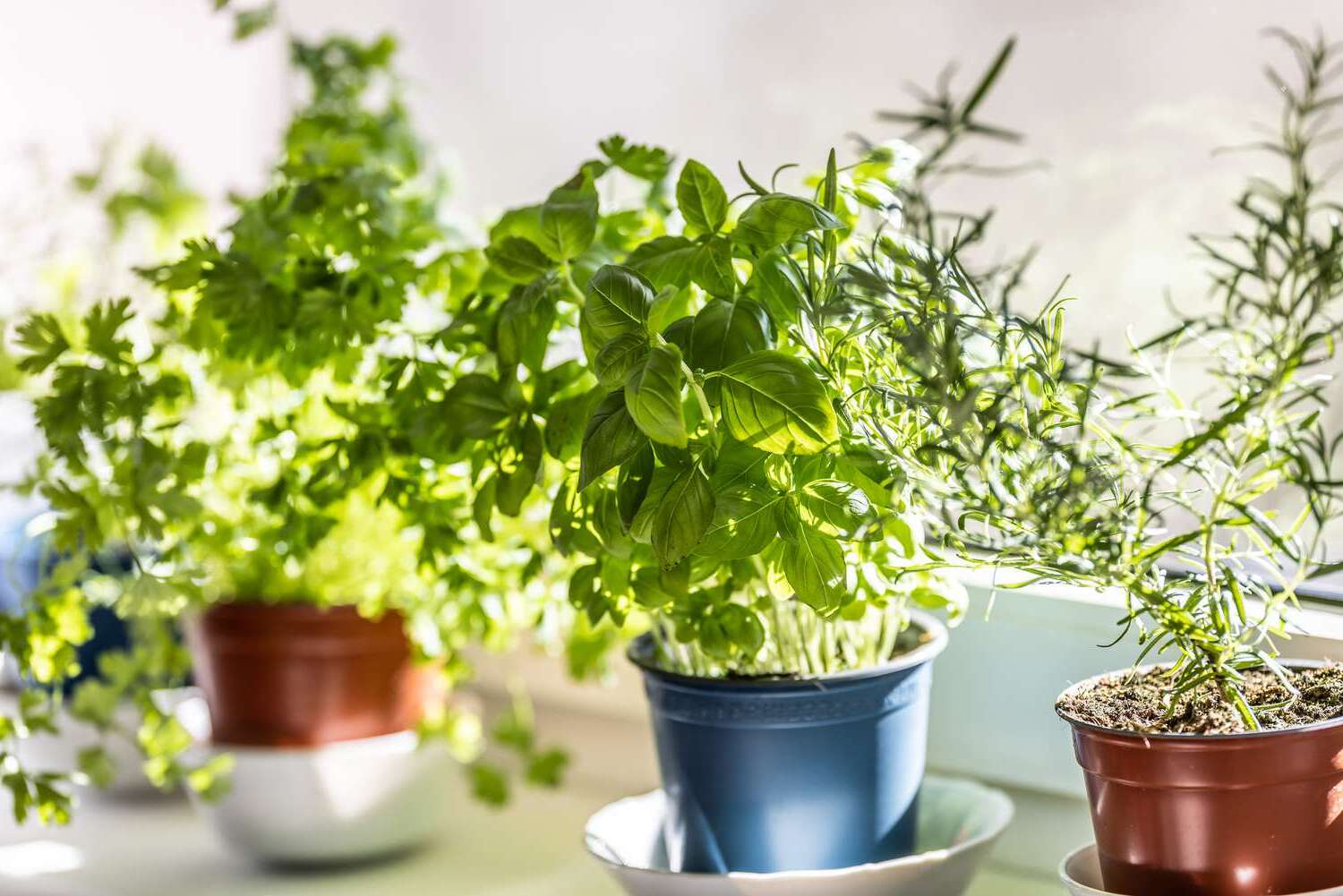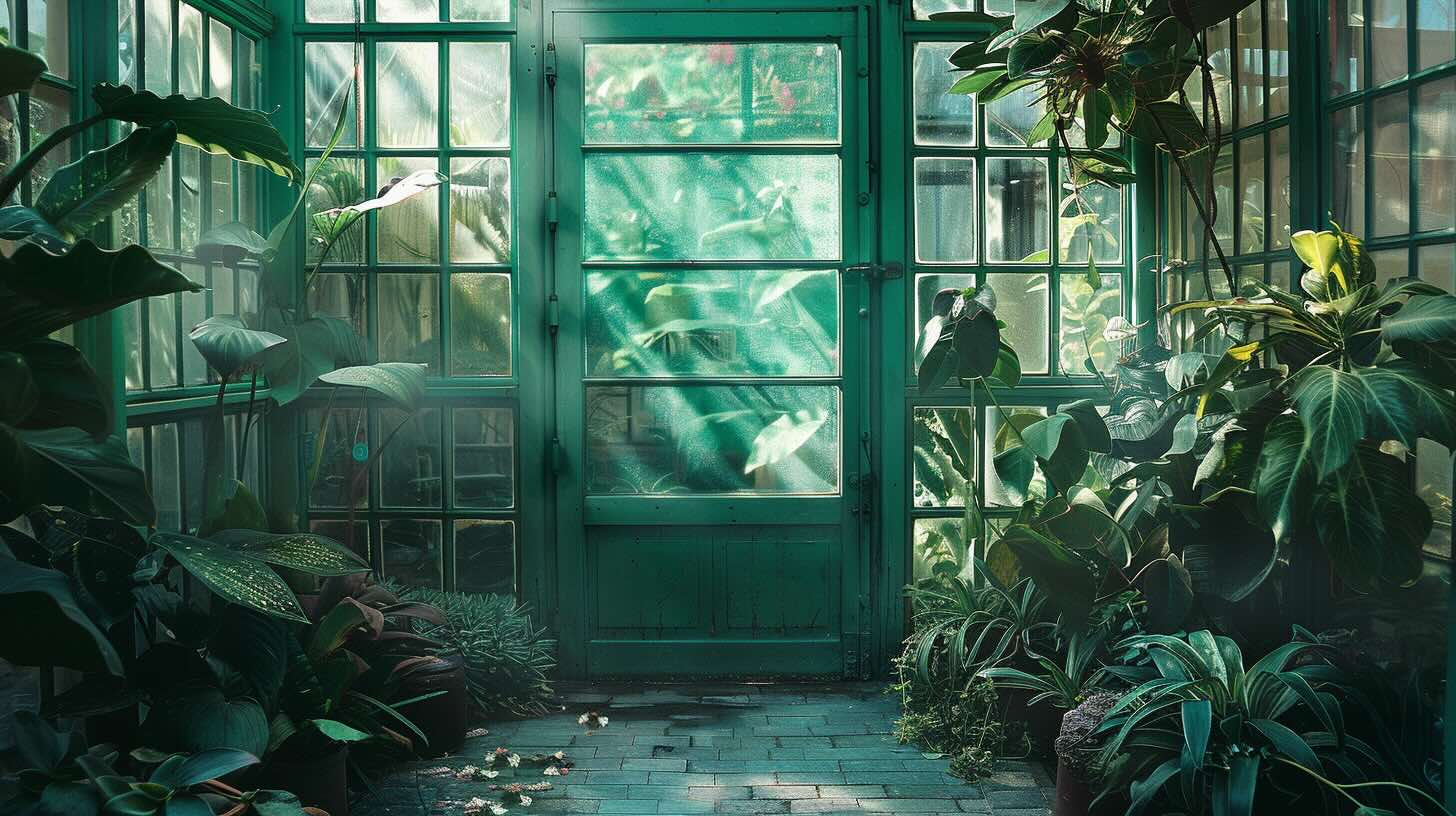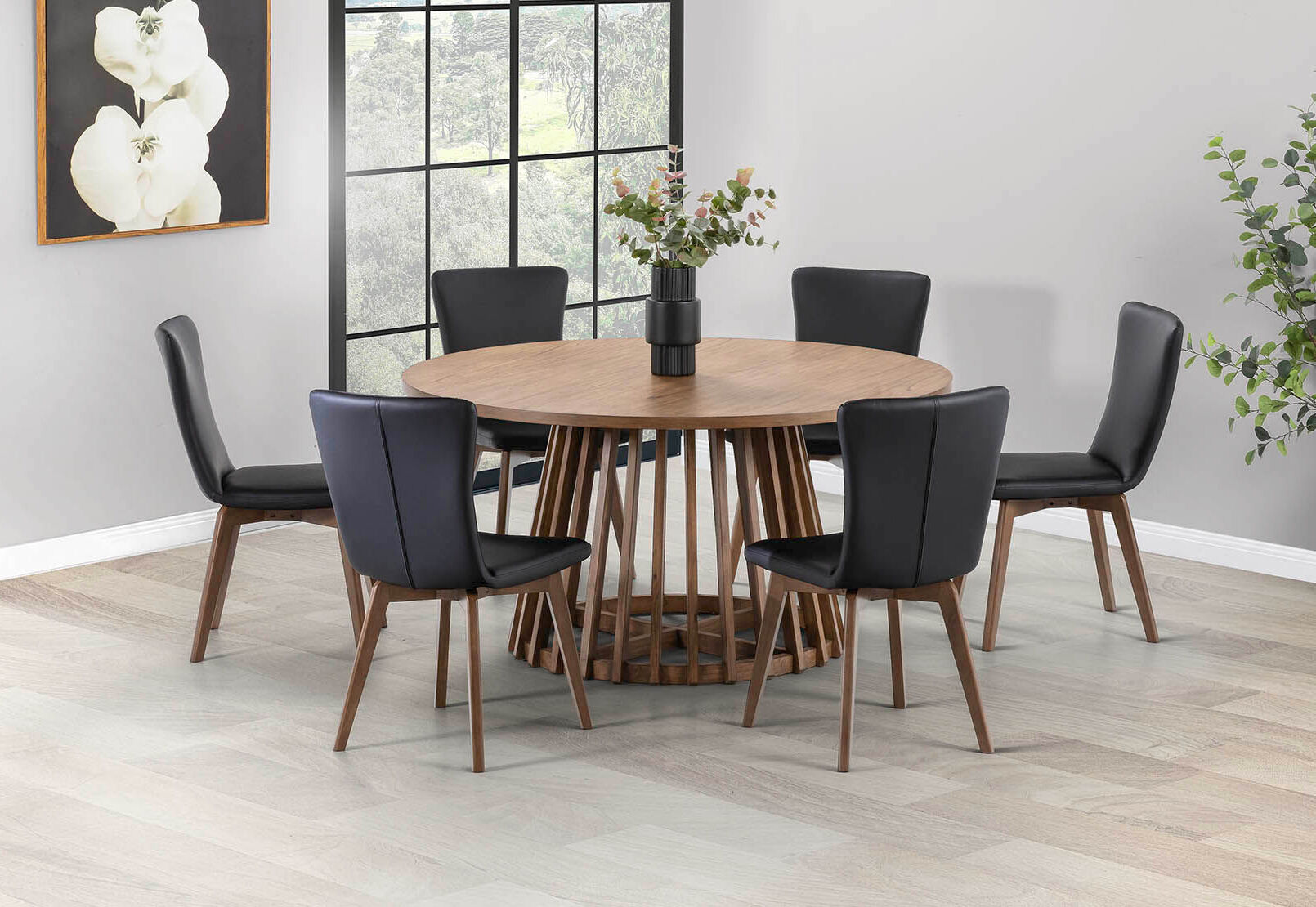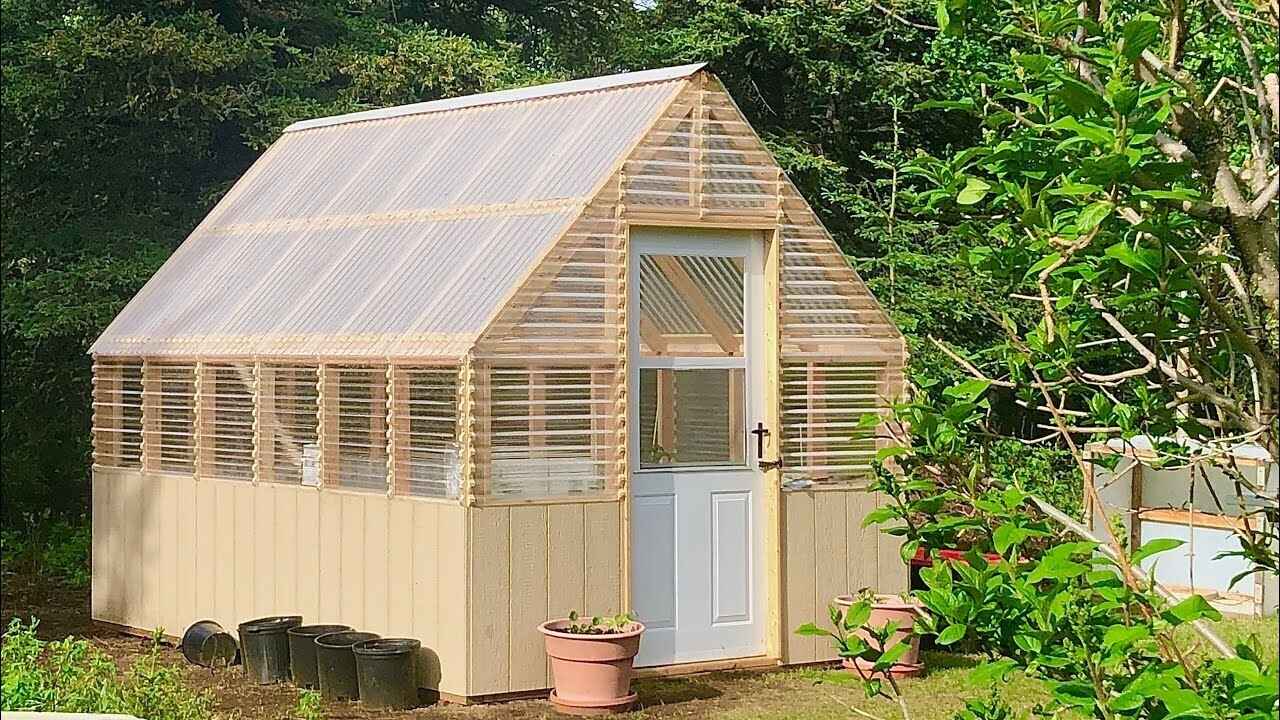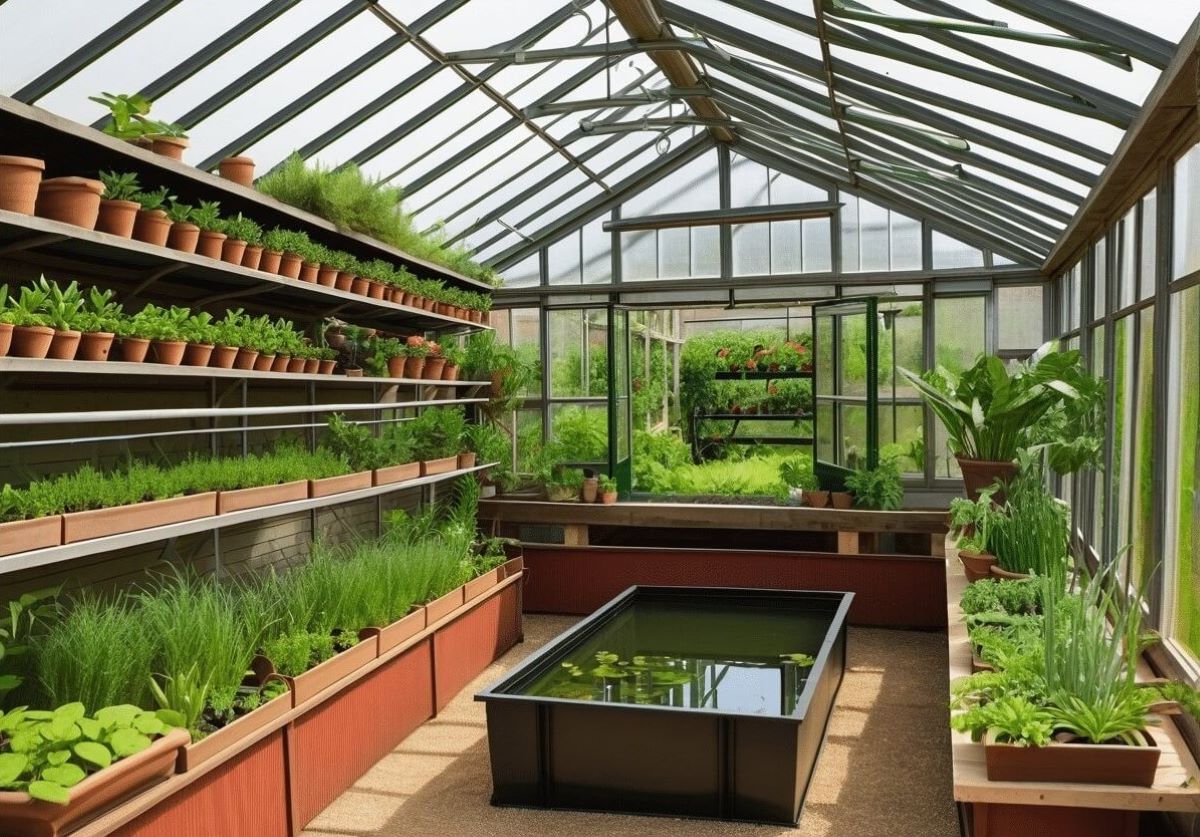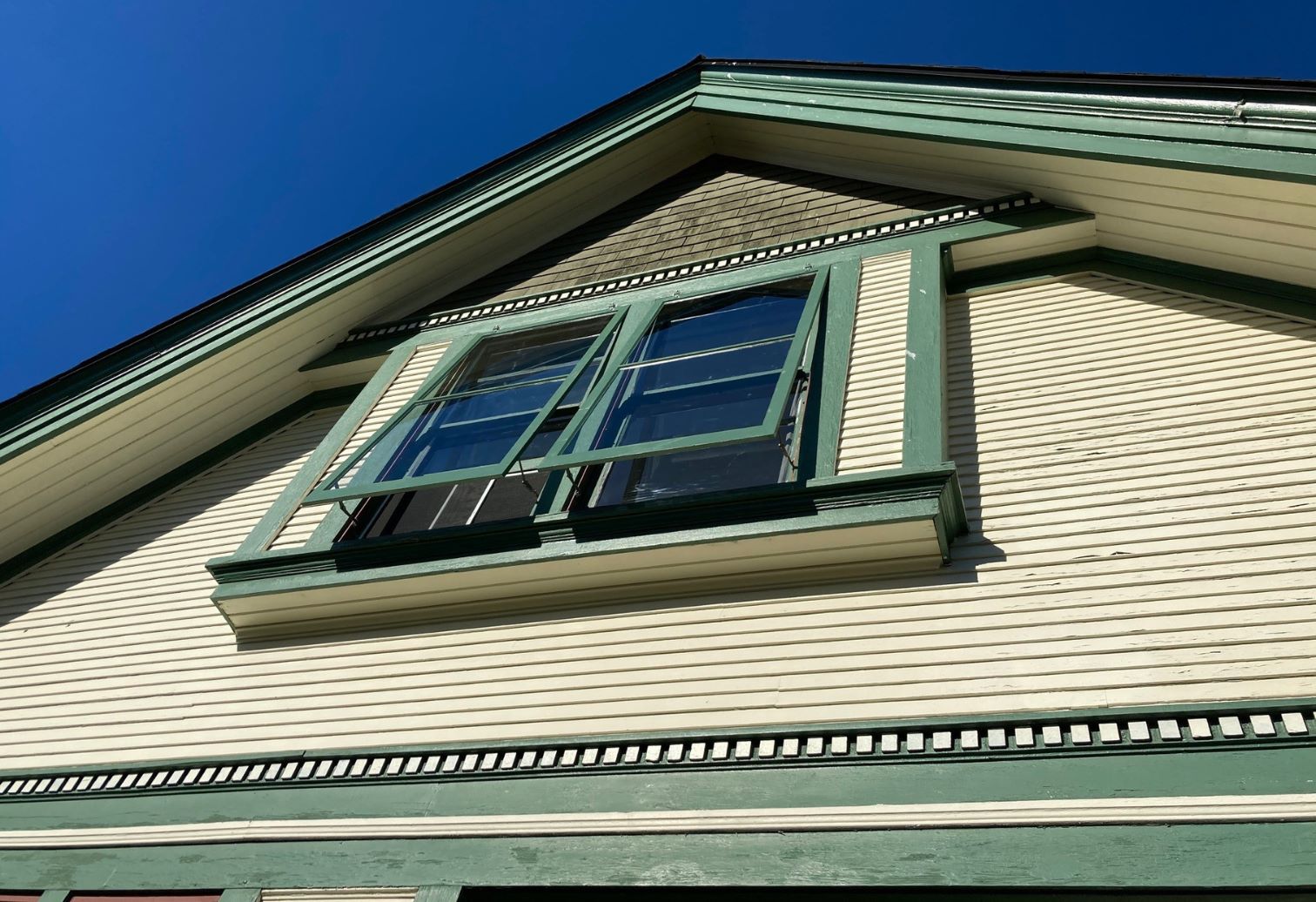Home>Create & Decorate>DIY & Crafts>Winter DIY: Building A Greenhouse For Year-Round Gardening
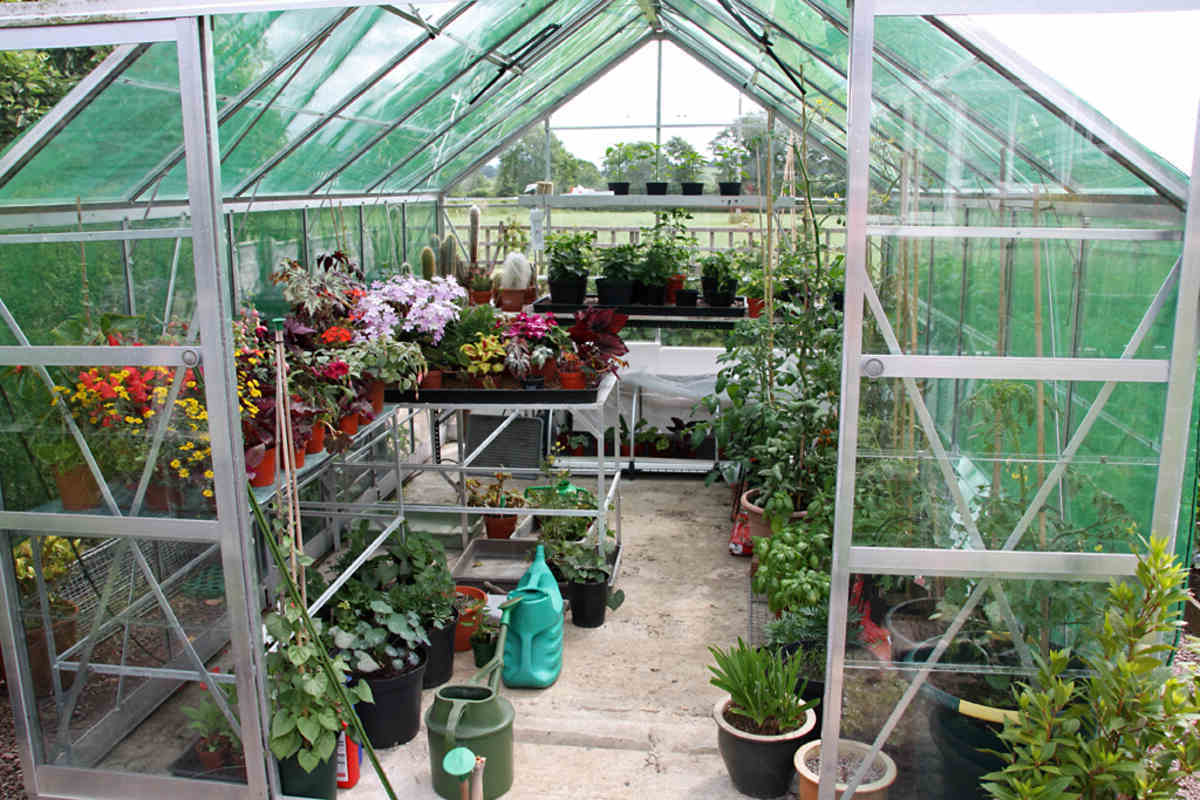

DIY & Crafts
Winter DIY: Building A Greenhouse For Year-Round Gardening
Published: May 6, 2024

Content Creator specializing in woodworking and interior transformations. Caegan's guides motivate readers to undertake their own projects, while his custom furniture adds a personal touch.
Discover how to build a DIY greenhouse for year-round gardening with our winter DIY guide. Get creative with DIY & Crafts for a sustainable garden.
(Many of the links in this article redirect to a specific reviewed product. Your purchase of these products through affiliate links helps to generate commission for Twigandthistle.com, at no extra cost. Learn more)
Introduction
Are you tired of saying goodbye to your garden as winter approaches? With a DIY greenhouse, you can extend your gardening season and enjoy fresh produce all year round. In this article, we'll guide you through the process of building a greenhouse that will keep your plants thriving even in the coldest months. From choosing the right location to selecting the best materials and providing step-by-step instructions, we've got you covered. Let's dive into the world of winter DIY and create a space where your green thumb can flourish regardless of the season.
Read more: How to Build a Basement Greenhouse
Benefits of Year-Round Gardening
-
Continuous Harvest: With a DIY greenhouse, you can enjoy a continuous harvest throughout the year. Say goodbye to the limitations of seasonal produce and hello to fresh vegetables and herbs, even in the depths of winter.
-
Extended Growing Season: By creating a greenhouse for year-round gardening, you extend your growing season significantly. This means more time to nurture your plants and experiment with a wider variety of crops.
-
Protection from Harsh Weather: A greenhouse provides a shield against harsh weather conditions such as frost, heavy rain, and strong winds. This protection ensures that your plants remain healthy and productive, regardless of the weather outside.
-
Pest and Disease Control: By cultivating your plants in a controlled environment, you can minimize the risk of pests and diseases that often thrive in outdoor gardens. This leads to healthier plants and higher yields.
-
Sustainable Living: Year-round gardening allows you to embrace a more sustainable lifestyle by reducing your reliance on store-bought produce. You can take pride in knowing that your food is grown organically and locally, right in your backyard.
Choosing the Right Location for Your Greenhouse
When it comes to setting up your DIY greenhouse, the location is crucial for the success of your year-round gardening venture. Here are some key factors to consider when choosing the perfect spot for your greenhouse:
-
Sunlight Exposure: Select a location that receives ample sunlight throughout the day. Ideally, your greenhouse should be positioned in a spot where it can soak up the maximum amount of sunlight, especially during the winter months when daylight hours are shorter. South-facing locations are often optimal for this purpose.
-
Wind Protection: Shield your greenhouse from strong winds that can potentially damage the structure and affect the well-being of your plants. Consider placing the greenhouse near a natural windbreak, such as a fence, hedge, or existing buildings, to provide the necessary protection.
-
Accessibility to Water and Electricity: Ensure that your chosen location allows easy access to water for irrigation and electricity for heating, lighting, and other essential systems. This convenience will make maintenance and operation of the greenhouse more efficient.
-
Drainage: Look for a site with good natural drainage to prevent waterlogging around the greenhouse. Proper drainage is essential for maintaining a healthy growing environment and avoiding water-related issues.
-
Proximity to the House: While it's beneficial to have the greenhouse close to your home for easy access and monitoring, be mindful of any potential shading from the house or nearby structures. Balance proximity with the need for unobstructed sunlight.
-
Local Building Codes and Regulations: Check with local authorities regarding any zoning restrictions, building codes, or permits required for erecting a greenhouse. Compliance with regulations will save you from potential legal issues in the future.
By carefully considering these factors, you can choose a location that sets the stage for a thriving year-round garden inside your DIY greenhouse.
Selecting the Best Materials for Your DIY Greenhouse
When it comes to building a DIY greenhouse, selecting the right materials is essential for creating a sturdy and efficient structure. Here's a breakdown of the key materials you'll need for your greenhouse project:
Frame Materials
- Wood: A classic choice for greenhouse frames, wood offers a natural and aesthetically pleasing option. Cedar and redwood are popular choices due to their durability and resistance to rot and insects. However, keep in mind that wood requires regular maintenance to preserve its integrity.
- Aluminum: Lightweight and low-maintenance, aluminum frames are a practical option for DIY greenhouse construction. They are resistant to rust and can withstand exposure to the elements, making them a durable choice for long-term use.
- PVC: Affordable and easy to work with, PVC pipes are often used to create the frame for smaller, budget-friendly greenhouse structures. While PVC is lightweight and resistant to corrosion, it may not be as durable as other materials.
Read more: How to Build a DIY Greenhouse Roof
Glazing Materials
- Glass: Traditional and timeless, glass provides excellent light transmission and creates a beautiful aesthetic for your greenhouse. It is durable and long-lasting, but it can be heavy and more susceptible to breakage compared to other options.
- Polycarbonate Panels: Lightweight and shatterproof, polycarbonate panels are a popular choice for greenhouse glazing. They offer good insulation and UV protection, making them ideal for maintaining a stable climate inside the greenhouse.
- Polyethylene Film: A cost-effective option for temporary or seasonal greenhouses, polyethylene film provides adequate light diffusion and insulation. While it may not have the longevity of other materials, it can be a practical choice for short-term gardening projects.
Foundation and Flooring Materials
- Concrete: For a permanent and stable foundation, concrete provides a solid base for your greenhouse. It offers durability and can withstand heavy loads, making it suitable for larger greenhouse structures.
- Gravel or Pavers: A more flexible and budget-friendly option, gravel or pavers can create a stable surface for the greenhouse. They allow for good drainage and are relatively easy to install and maintain.
Additional Materials
- Fasteners and Hardware: Choose corrosion-resistant fasteners and hardware to ensure the structural integrity of your greenhouse over time.
- Sealants and Weather Stripping: Use high-quality sealants and weather-stripping to prevent air leaks and moisture infiltration, creating a more energy-efficient and climate-controlled environment inside the greenhouse.
By carefully selecting the right materials for your DIY greenhouse, you can create a durable, functional, and visually appealing structure that will support your year-round gardening endeavors.
Step-by-Step Guide to Building Your Greenhouse
Read more: DIY Basement Playground Guide
1. Design and Planning
Before you start building your greenhouse, it's essential to create a detailed plan and design. Consider factors such as the size of the greenhouse, the materials you'll be using, the layout of the interior space, and any additional features such as shelving, benches, or irrigation systems. Take into account the specific needs of the plants you intend to grow and how the greenhouse design can accommodate them.
2. Site Preparation
Prepare the chosen location for the greenhouse by clearing the area of any debris, vegetation, or obstacles. Level the ground and ensure proper drainage to prevent water accumulation around the greenhouse. If necessary, lay a solid foundation or base according to the requirements of your chosen greenhouse design and materials.
3. Frame Assembly
Begin by assembling the frame of the greenhouse according to the design specifications. Whether you're using wood, aluminum, PVC, or another material, follow the manufacturer's instructions and ensure that the frame is sturdy and level. Pay attention to the structural integrity of the frame, as it will provide the framework for the rest of the greenhouse components.
4. Glazing Installation
Once the frame is in place, it's time to install the glazing materials. Whether you've chosen glass, polycarbonate panels, or polyethylene film, carefully fit and secure the glazing to the frame. Ensure a tight and weatherproof seal to prevent air leaks and protect the interior from the elements.
Read more: DIY Guide: Insulating Your Garage
5. Ventilation and Insulation
Incorporate ventilation features such as windows, louvers, or roof vents to regulate the temperature and airflow inside the greenhouse. Additionally, consider adding insulation to retain heat during colder months and prevent excessive heat buildup in the summer. Proper ventilation and insulation are crucial for creating a stable and healthy environment for your plants.
6. Door and Access
Install a secure and functional door that provides easy access to the greenhouse while maintaining a tight seal when closed. Consider the size of the door to accommodate equipment, supplies, and the movement of plants in and out of the greenhouse.
7. Interior Setup
Set up the interior of the greenhouse according to your gardening needs. Install shelving, benches, or hanging racks for organizing and displaying plants. If you plan to incorporate irrigation or heating systems, ensure that the necessary infrastructure is in place and properly connected.
8. Final Checks and Finishing Touches
Before declaring your greenhouse ready for use, perform a thorough inspection of the structure. Check for any gaps, leaks, or potential weak points that may compromise the integrity of the greenhouse. Make any necessary adjustments and add finishing touches such as weather-stripping, sealants, and decorative elements to complete the construction.
By following this step-by-step guide, you can build a functional and efficient greenhouse that will support your year-round gardening aspirations and provide a nurturing environment for your plants.
Read more: DIY Door Insulation Ideas
Maintaining Your Greenhouse for Winter Gardening Success
-
Temperature Control: During the winter months, maintaining a stable temperature inside the greenhouse is crucial for the well-being of your plants. Consider using a combination of passive and active heating methods to regulate the temperature. Passive heating techniques, such as thermal mass storage and proper insulation, can help retain heat during the day and release it at night. Additionally, you may need to incorporate active heating solutions, such as electric heaters or radiant heating systems, to supplement warmth during particularly cold periods.
-
Monitoring Humidity: Proper humidity levels are essential for the health of your plants, especially in a sealed environment like a greenhouse. Invest in a reliable hygrometer to monitor the humidity levels and make adjustments as needed. Adequate ventilation, including the use of vents and fans, can help control humidity and prevent issues such as mold and mildew growth.
-
Watering and Irrigation: While outdoor gardens may receive natural rainfall, your greenhouse will rely on manual watering and irrigation systems. Be mindful of the watering needs of your plants, as they may differ from the outdoor environment. Consider installing a drip irrigation system or using watering cans with narrow spouts to deliver water directly to the base of the plants. Avoid overwatering, as excess moisture can lead to root rot and other water-related issues.
-
Pest and Disease Management: Even in the winter, pests and diseases can pose a threat to your greenhouse plants. Regularly inspect your plants for signs of infestation or disease, and take proactive measures to manage these issues. Consider using natural pest control methods, such as introducing beneficial insects or using organic pesticides, to minimize the impact of pests without harming the overall ecosystem of the greenhouse.
-
Light and Sunlight Exposure: With shorter daylight hours in the winter, providing adequate light for your plants is essential. Consider supplementing natural sunlight with artificial grow lights to ensure that your plants receive the necessary light for photosynthesis and growth. Position the lights strategically to cover areas that may receive less natural sunlight during the winter months.
-
Routine Maintenance: Regular maintenance of the greenhouse structure is essential for its longevity and functionality. Check for any signs of wear and tear, such as damaged glazing or compromised seals, and address these issues promptly. Clean the glazing materials to ensure maximum light transmission and inspect the overall integrity of the structure, including the frame, doors, and ventilation systems.
-
Crop Rotation and Planning: Utilize the controlled environment of the greenhouse to practice crop rotation and strategic planting. By rotating your crops and planning your planting schedule, you can optimize the use of space and resources within the greenhouse. This approach can also help manage soil health and prevent the buildup of pests and diseases associated with continuous cultivation of the same crops.
By implementing these maintenance strategies, you can create an optimal environment for winter gardening success in your DIY greenhouse. With careful attention to temperature, humidity, watering, pest management, light exposure, and routine maintenance, you can enjoy a thriving year-round garden that yields bountiful harvests, even in the coldest months.
Conclusion: Enjoying the Fruits of Your Year-Round Garden
As you bask in the success of your DIY greenhouse project, the rewards of year-round gardening await. With the right location, sturdy materials, and careful maintenance, your greenhouse will be a sanctuary for thriving plants, regardless of the season. Imagine stepping into your greenhouse on a crisp winter day, surrounded by lush greenery and vibrant blooms. The fruits of your labor are not just limited to the produce you harvest, but also the joy and satisfaction of nurturing a flourishing garden in the midst of winter's grasp.
In your year-round garden, you'll have the pleasure of savoring fresh, homegrown vegetables, herbs, and fruits throughout the year. From crisp lettuce and juicy tomatoes to fragrant basil and zesty peppers, your greenhouse will be a cornucopia of flavors and aromas. The convenience of having a readily available supply of organic, homegrown produce at your fingertips is a testament to the success of your winter gardening endeavors.
Beyond the tangible harvest, your greenhouse will also be a place of respite and rejuvenation. As you tend to your plants, you'll find solace in the therapeutic act of gardening, even when the world outside is blanketed in snow. The vibrant colors, the earthy scents, and the gentle rustle of leaves will create a tranquil oasis where you can escape the winter blues and connect with nature.
Moreover, your year-round garden is a testament to your commitment to sustainable living and self-sufficiency. By reducing your reliance on store-bought produce and embracing a more eco-friendly lifestyle, you're making a positive impact on the environment and your community. The knowledge that your food is grown locally, without the use of harmful chemicals, is a source of pride and fulfillment.
As you savor the fruits of your year-round garden, take a moment to reflect on the journey that led you to this point. The planning, the construction, and the nurturing care you've invested in your greenhouse have culminated in a space that not only sustains plant life but also nourishes your soul. Embrace the joy of year-round gardening, and let your greenhouse be a testament to the endless possibilities that bloom from a single seed of inspiration.

